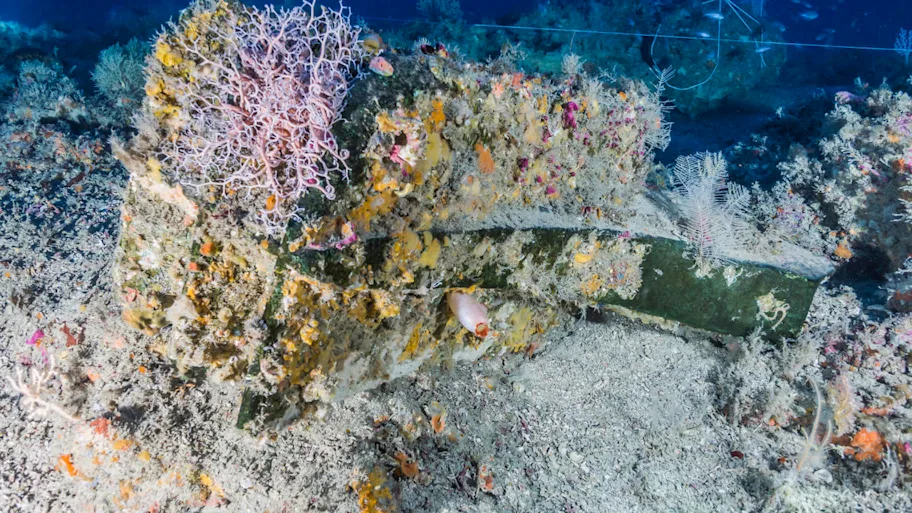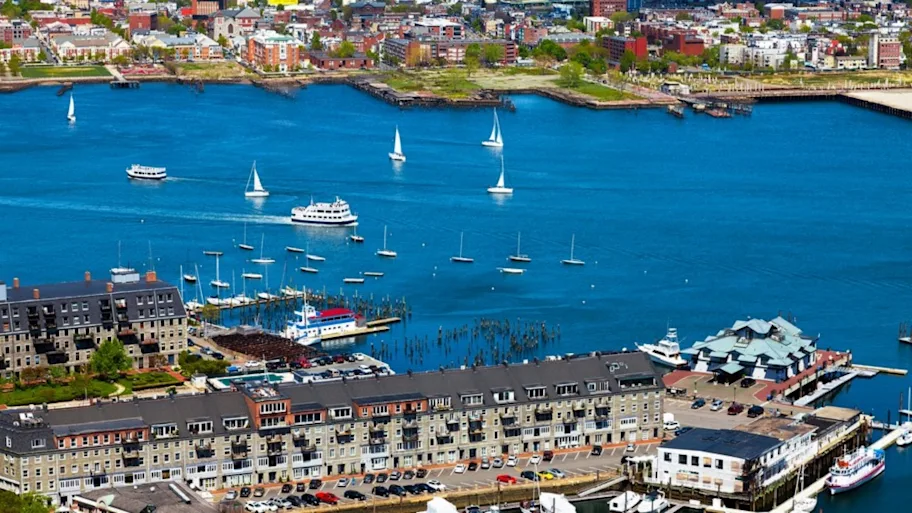
- Science News
- Environment
- Habitat restoration can maximize the benefits of marine protected areas
Habitat restoration can maximize the benefits of marine protected areas

Oyster recovery is not always limited by there being too few larvae – there also needs to be enough suitable habitat for the larvae to settle and grow.
Marine protected areas can potentially subsidize harvested oyster populations via larval spillover — however, spillover benefits can only be realized if harvested areas contain suitable habitat for larval settlement and survival, finds research published in Frontiers in Marine Science. The study is one of the first to document the contribution of different habitat restoration strategies to an overall marine population. The findings have implications for sustainable fisheries management of oysters and other sessile species.
“Marine reserves and habitat restoration offer clear demographic benefits to target oyster populations, particularly when used in concert,” says Dr. David Eggleston, a marine ecologist at the North Carolina State University. “Our research shows that no-take reserves with restored habitat can have significant positive impacts on oyster population densities, size-structure and potential larval output. Restored reefs that are harvested can also show increased potential larval output.”
Oysters are important for both coastal economies and ecosystems. The shellfish has been a source of food for people for thousands of years, and supports commercial fisheries around the world. Oysters also provide valuable ecological services including water filtration and habitat for other marine species. Overfishing and habitat destruction, however, has led to an 85% decline in oyster beds compared to historical levels.
One potentially powerful way to restore oyster populations — as well as other marine species — is by establishing sanctuaries where fishing is prohibited. Fishery species that reside in such marine protected areas (MPAs) often show striking increases in size and abundance relative to harvested areas. MPAs are also widely believed to boost harvested populations through “spillover” of larvae into the surrounding areas. However, demographic data to prove this are limited.
Eggleston is part of a program to restore oyster populations in Pamlico Sound, North Carolina — the second largest estuary in the USA. In addition to creating reserves where oyster harvesting is prohibited, the project has also restored oyster reefs in both reserves and harvested areas. The level of restoration differs between the two: in reserves, “high-relief” reefs are created from limestone boulders, as well as concrete or granite rubble, while in harvested areas, a thin layer of oyster shells and limestone rubble is spread on the estuarine bottom to create “low-relief” reefs.
With the project now running for more than 20 years, Eggleston and his team wanted to know whether habitat restoration and harvest protection are providing the intended demographic benefits – and in particular, whether reserves are potentially providing larval spillover to harvested areas.
“To guide sustainable fisheries management, we need to understand the role that harvested and restored oyster reefs play in supporting the overall oyster population,” says Eggleston.
The researchers compared oyster demographics in three habitat types: natural reefs that are harvested, restored reefs that are harvested, and restored reefs that are protected from harvest.
The results confirm the benefits of restored marine protected areas. Not only were oyster densities up to 72 times higher in the restored protected reefs, but few oysters in harvested reefs were greater than the legal harvesting legal size, whereas protected reefs typically had oysters of different sizes, including many large individuals. Furthermore, the potential larval output was around 6 times higher in the restored, protected reefs. This suggests that more larvae spillover from reserves to harvested reefs than the other way around – and that reserves can therefore contribute substantially to the larval supply of the wider oyster population.
The benefits of habitat restoration were not limited to reserves: compared to natural harvested reefs, the restored, harvested reefs had a much higher oyster density and reproductive output. Indeed, the demographics of the restored harvested reefs were more similar to the restored protected reefs than the natural harvested reefs.
“Natural reefs in Pamlico Sound are relatively degraded,” explains Eggleston. “This means they may not provide many areas where oyster larvae can settle and form their shells. Even though only a thin layer of substrate is used when restoring reefs for harvest, this still appears to increase larval settlement compared to natural reefs.”
The finding that restored harvested reefs have higher larval recruitment than natural reefs has implications for both conservation and fisheries management.
“Our research shows that oyster recovery is not always limited by there being too few larvae,” says Eggleston. “There also needs to be enough suitable habitat for the larvae to settle and grow.”
The researchers recommend that high-relief restored protected areas should be an important goal for oyster fisheries management, but recognize that these are not always desirable or possible. Construction of high-relief reefs can be expensive, for example – as can enforcement of no-take rules. In these cases, low-relief restoration of harvested areas can provide a relatively inexpensive alternative.
“A greater area of restored, yet harvested, reefs may have a similar restorative impact on the overall oyster population compared to relatively small, no-harvest reserves,” says Eggleston.
Original research article: Oyster Demographics in Harvested Reefs vs. No-Take Reserves: Implications for Larval Spillover and Restoration Success
Corresponding author: David B. Eggleston
REPUBLISHING GUIDELINES: Open access and sharing research is part of Frontier’s mission. Unless otherwise noted, you can republish articles posted in the Frontiers news blog — as long as you include a link back to the original research. Selling the articles is not allowed.






